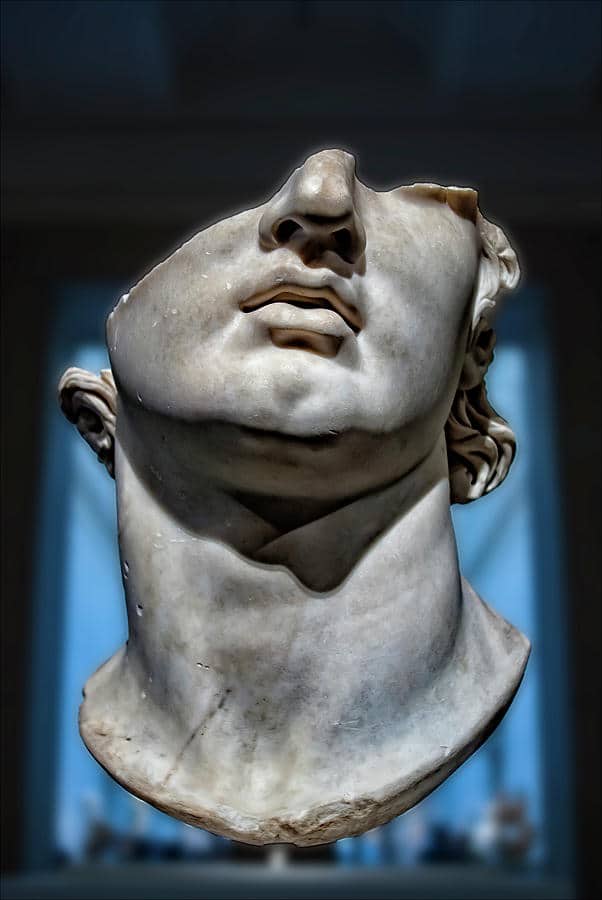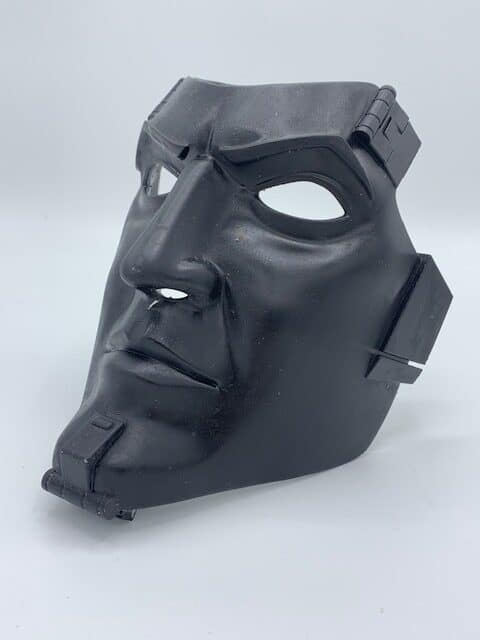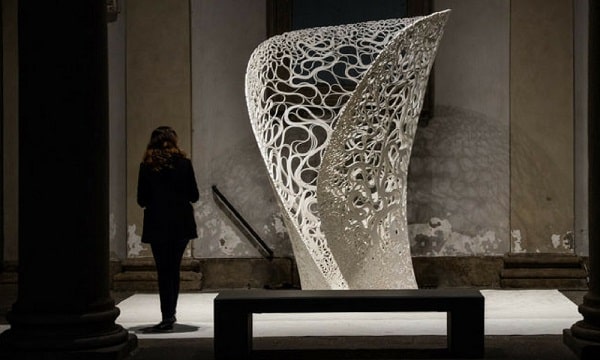As our world and technology become more and more entwined, technology is able to accomplish increasingly more tasks for us. By becoming more efficient, we have gained more time to enjoy the things we love like music, activities, and the arts. But what about where technology and the arts meet?
A masterful hand that has been well trained to produce the artistic vision inside one’s head is truly an inspiring sight. People flock to museums like Le Louvre and the Metropolitan Museum of Art to bask in the skill of these rigorously trained artists. Michelangelo once said “If people knew how hard I worked to get my mastery, it wouldn’t seem so wonderful at all.”
3D design software and 3D printers technology have made it easier for more people to easily share their true artistic vision with others– without having to spend decades training their hands to create the perfect masterpiece. There are even dedicated web resources for this exchange of ideas such as thingiverse, GrabCAD, and more where artists can collaborate and expand on each other’s ideas. 3D design and printing have also allowed for an iterative process in art– allowing artists to further hone their artistic vision without wasting as much material or time. These technologies can even be used for prototyping traditional art mediums where one costly mistake could mean having to restart the entire piece. There is an old adage in manufacturing: “measure twice, cut once.” But with 3D design, this saying becomes obsolete. If you make a wrong cut in design software, there is an undo. When you hit marble with a chisel imprecisely there is no ctrl+z.

3D printing as an art form has also allowed for the creation of things that would be impossible, nearly impossible, or much too time consuming to create before. This brings new life and previously unseen structures into our art– enriching nearly every aspect.
And it isn’t only fine arts like sculpture where 3D design and printing benefit artists. For example, in theater, these technologies allow for props to be made quickly, cheaply. and efficiently. This further immerses audiences in the world that the artists on stage are creating. Music has been created using cheaply manufactured 3D printed instruments; underfunded school programs and underprivileged households can continue teaching and learning music. Film has also widely adopted 3D printing for set building, stop animation films, miniature sets, costumes, masks, and many other props.

3D design and printing has allowed the creation of some of the most visually striking scenes and props in the last few decades to be made. Fashion has also adopted 3D printing to create dramatic pieces that are not possible through other means of manufacturing. 3D design and printing are slowly permeating all facets of art.
These technologies have also removed the demanding physicality of art. One such example of this is the project SHIVA (Sculpture for Health-care: Interaction and Virtual Art in 3D). This program was a partnership formed between the University of Lille, Bournemouth University, and the Victoria Education in the UK. The program developed tools that allowed users with various disabilities who could not hand sculpt their projects or mold clay to create art using 3D design software on disabled-friendly computers for production with 3D printers. 3D design software isn’t only helpful for disabled users; it can be easier for many users to use tools they are already familiar with like a mouse and stylus to create art rather than working with tools they might never have used.
I do not think 3D design and printing will ever replace traditional forms of art– nor do I think it should. However, it will become another tool in the larger toolbox for artists to create works of art that inspire us for ages. I look forward to seeing the beautiful creations artists and computers can work together to create. And, I hope that this influences more people to participate in the world of art using these artificial masterful hands as an extension of their own to bring their ideas to life.
If you have any exciting opportunities you think The 3D Printing Store could help with, reach out to project@the3dprintingstore.com or call 720-443-3733.



